Rudolph Duerkop: The man behind the Nazi camp at Narrabeen
In 1948, most Sydneysiders would have been appalled to read that two former Nazis were on the loose and working in highly-paid jobs in the city.

Manly
Don't miss out on the headlines from Manly. Followed categories will be added to My News.
In 1948, most Sydneysiders would have been appalled to read that two former Nazis were on the loose and working in highly-paid jobs in the city.
The story was only partly true – the two Nazis were still on the loose after escaping from an internment camp in Victoria but they were lying low.
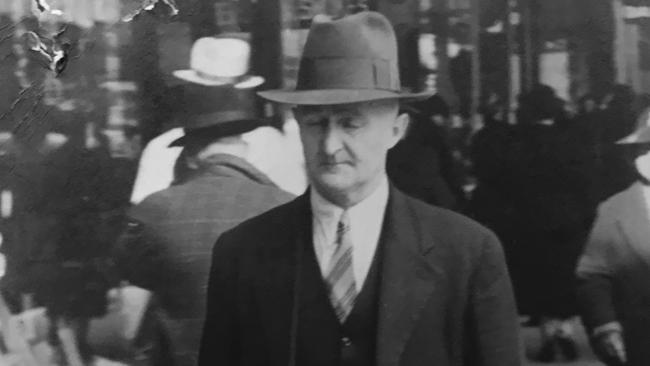
But one of them – Rudolph Duerkop – had a strong connection with the northern beaches, being the man who established the Nazi camp at Narrabeen and who directed German seamen to the camp through his role as leader of the Nazis’ Harbour Service in Sydney in the late 1930s.
In fact, Duerkop and his de facto wife, Helene Kranz, were considered two of the most active Nazis in Sydney throughout the late 1930s.
Duerkop was born in Hanover in 1890, trained as an electroplater, went to sea, spent two years in American waters and then jumped ship in Australia in 1911, although the authorities here could never determine which ship he had been on or in which port he jumped ship.
In 1914, Duerkop married an Australian woman, Ellen Lange, and a daughter named Greta was born in 1916.
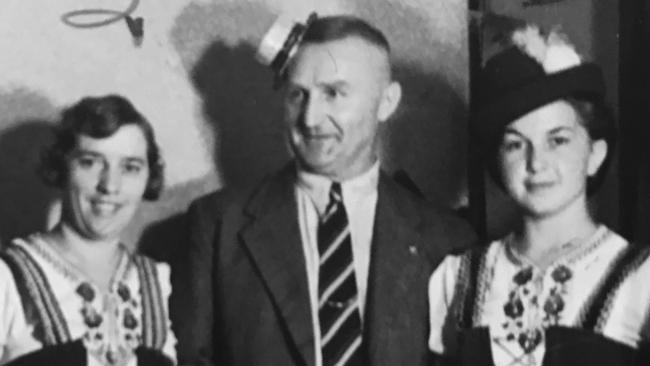
Duerkop was arrested in Melbourne in December 1916 and charged with breaching the War Precautions Act and the Alien Enemy Act for failing to report himself to the police or register as an enemy alien.
He initially claimed he was Swiss, not German, but then claimed he had been told by police in Sydney that he didn’t need to register as an alien because he was married to an Australian.
It didn’t wash and he served 90 days in Pentridge Prison before being interned in the Langwarrin internment camp.
He escaped from Langwarrin in 1917 but was recaptured.
In 1920, Duerkop was again arrested and charged with failing to comply with the Aliens Registration Act.
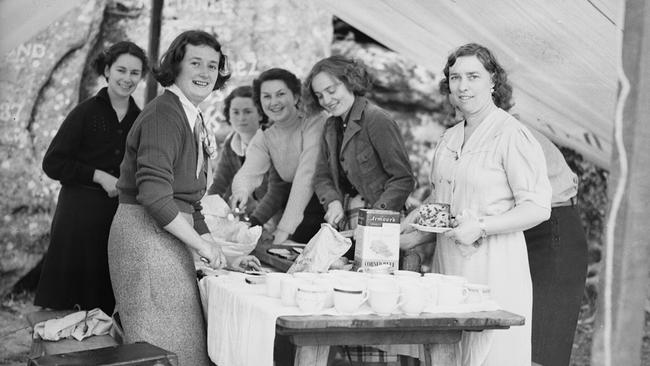
By 1920, Duerkop’s marriage had foundered and in 1921 he was ordered by the Children’s Court to pay his wife and child maintenance of £1 and 10 shillings, respectively.
At some point, Duerkop began working as an electroplater for the jewellery firm Angus & Coote.
By 1929, Duerkop was living with German-born Helene Kranz in a rented flat in George St North in Sydney.
In the same year, he appeared in Manly Court charged with possessing an unlicensed pistol, for which he was fined £2.
Duerkop and Kranz had acquaintances in Manly and Manly Vale.
Kranz had arrived in Sydney in 1927 and sometime in the 1930s joined the National Socialist Frauenschaft, the women’s wing of the Nazi Party, of which she became a sectional leader.

Duerkop joined the German Labour Front (DAF) on May 1, 1935, and eventually became leader of the Harbour Service, which was a branch of the DAF.
According to Professor John Perkins, who has researched Nazi activity in Australia in the 1930s, the primary role of the DAF in Australia was “to entertain crews of German merchant ships berthed in Australian waters in order to limit their exposure to anti-Nazi influences.”
“Merchant seamen formed the one section of the German working class whose members were for extended periods beyond the direct influence of Germany’s Ministry of Propaganda and beyond the control of the nazified German police and state security organs.
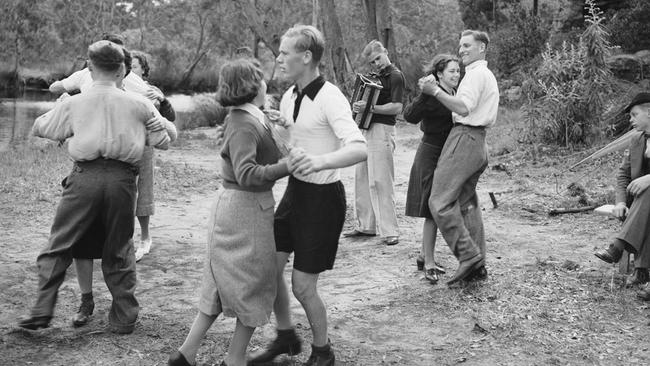
“They were in a position to compare with their own eyes conditions at home with those abroad. In many ports, they were exposed to ‘communist’ and ‘democratic’ influences.”
Duerkop’s role as leader of the Harbour Service was to meet the crews of all incoming German ships and provide practical advice about hotels and entertainment, arrange social evenings and excursions for them, to reinforce German solidarity and propagate Nazi philosophy and – most importantly – to keep the seamen away from the corrupting influence of Sydney’s waterside workers, who were naturally antagonistic to Germany’s fascist regime.
One of the entertainments for the seamen that Duerkop developed in 1937 were picnics at Deep Creek, on the northern side of Narrabeen Lagoon.

Groups numbering up to 50 or 60 at a time would catch a ferry to Manly and a tram to Narrabeen.
Boats would be hired to ferry tents, food and equipment to Deep Creek while the rest of the party walked there.
As local police reported: “It is purely a picnic which generally lasts from 10.30am till 6pm.
“They erect a tent on the grounds on arrival and, as they are seafaring men, they fly the German flag (swastika) at one end of the tent and the Australian flag at the other end.”
At various times the German seamen carved the names of their ships into rock faces at the northern end of the camping area and DAF personnel carved some swastikas and the Nazi version of Germany’s coat of arms into the rock faces.

Duerkop’s de facto wife, Helene Kranz, attended many of the picnics and cultivated several naïve young Australian women along the way – inviting them into her home, teaching them German and introducing them to visiting German seamen.
In early 1938, Duerkop arranged for the construction of a small hut on a slope above Deep Creek in which tents, crockery and other equipment was kept.
In a letter to her superiors in February 1938, Helene Kranz wrote: “I am pleased to let you know that we have at last built a hut in Narrabeen for the DAF.
“Although the tent given us in a friendly way was a great help to us in the rain and bad weather, we always missed a hut where we could keep tables, benches and crockery.

“There is no doubt that we have made these weekend outings a great success.
“The letters and photos sent to us by the German lads on their return to Germany speak for themselves and also that our general outings have led to deep impression.”
The DAF hut was built about 50m from a hut that was the home of English-born John Newnham, who lived in his hut from about 1935 until his death in 1949.
Duerkop paid Newnham, who he referred to as Old Jack, a small retainer to protect the DAF hut from vandals and thieves.
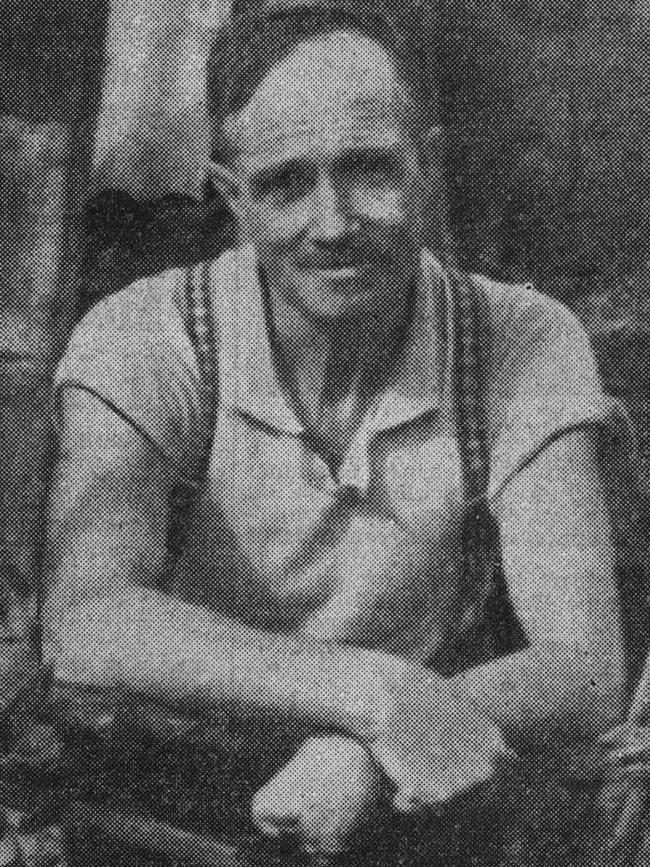
But history was against Duerkop and his kind – after the outbreak of World War II, he and Kranz were arrested and interned as enemy aliens.
The Commonwealth Investigation Branch had been watching Nazis in Sydney, including Duerkop and Kranz.
The CIB knew that the two forwarded large airmail parcels to Germany and never received mail at their home address but instead used a post office box in George St or via ships that visited Sydney.
They also knew the two were closely associated with the German Consulate and the Nazi leader in Sydney, Walter Ladendorff, and that Duerkop and Kranz were among the most active Nazis in NSW.
A CIB detective described Duerkop as “cunning and arrogant” and Kranz was described as “an arrogant, loud-mouthed type of woman and as common as dishwater.”
Duerkop was considered dangerous and it was recommended that he not be repatriated to Germany until after Europe had settled down after the end of the war and that he never be allowed back into Australia.

Duerkop was interned in the Tatura Internment Camp in Victoria.
Kranz was released at the end of the war but Duerkop remained at Tatura until July 1947, when he escaped.

In October 1948, a Sydney newspaper reported that Duerkop and another Nazi were not only free but had well-paid jobs in Sydney.
That led to the matter being raised in Federal Parliament, leading Immigration Minister Arthur Callwell to reassure the chamber that: “Every step possible is being taken to apprehend these people, who have no right to be in Australia now.”
Three months later, in January 1949, Duerkop was caught in Sydney and interned in the Holsworthy detention camp.
Now aged 58, Duerkop was deported from Australia on May 20, 1949 and arrived in Liverpool, England, the following month, after which he was presumably sent back to Germany.
Helene Kranz’ fate is unknown but she probably returned to Germany.
.
